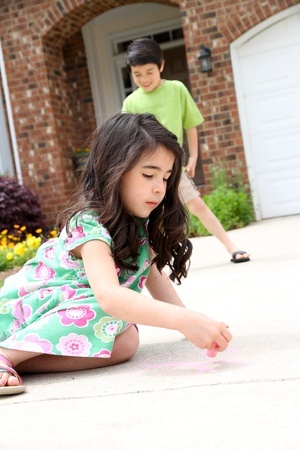Is your child riding in the right car seat?
 Is your child riding in the right car seat? It all depends on your child’s age, weight and height.
Is your child riding in the right car seat? It all depends on your child’s age, weight and height.
For infants and toddlers up to two years of age, a rear facing car seat is generally the safest option until they reach the maximum weight and height allowed by the car seat manufacturer.
Children who have outgrown a rear-facing carseat should ride in a forward-facing car seat with a harness for as long as possible, up to the maximum weight and/or height allowed by the car seat manufacturer.
For older children, booster seats generally should be used until the child has reached a height of 4 feet 9 inches and is between 8 and 12 years of age. One of the biggest mistakes parents make is discontinuing the use of booster seats too early. In fact, a recent study showed that nine out of every 10 parents stop using booster seats before it’s safe to do so! Another mistake: Allowing children to ride in the front seat of a vehicle. The safest place for children is the back seat until they are at least 13 years old.
Did you know that it’s estimated that three out of every four car seats are installed incorrectly? Closely follow car seat manufacturer guidelines when installing a car seat in your vehicle. If in doubt, take advantage of one of the periodic car seat installation safety checks offered by local law enforcement, fire safety personnel or safety organizations.



